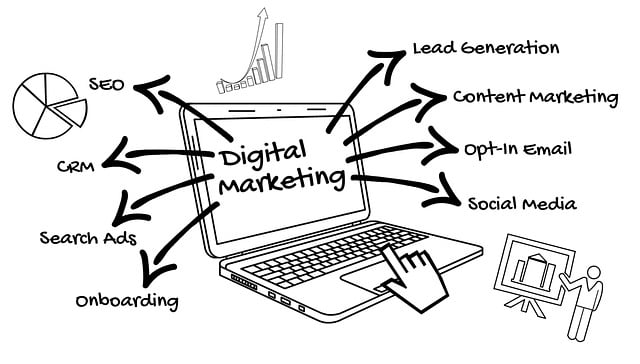AI growth solutions dramatically enhance the profitability of truck repair businesses by optimizing operations, maintenance, and efficiency through advanced technologies. To capitalize on these benefits, shops should: 1) identify specific needs and goals, 2) explore suitable AI options for automotive repairs, 3) conduct pilot tests to gather insights, 4) prepare high-quality data, 5) integrate chosen tools seamlessly and train staff, and 6) continually monitor and optimize AI performance. This strategic approach ensures improved efficiency, reduced costs, higher customer satisfaction, and a competitive edge in the market for long-term success.
“Revolutionize your truck repair shop with the power of AI! As the demand for efficient, cost-effective solutions soars, AI is transforming the landscape. Our article guides you through the potential and practical applications of artificial intelligence in trucking maintenance. Discover how AI tools can enhance diagnostic accuracy, streamline processes, and boost profitability. From understanding basic concepts to implementing advanced systems, we provide a comprehensive roadmap. Explore the future prospects of AI in the industry and unlock growth solutions for your business.”
- Understanding the Potential of AI in Truck Repair: Unlocking Efficiency and Cost Savings
- Implementing AI Tools: A Step-by-Step Guide for Repair Shops
- Future Prospects: How AI Can Drive Profitability and Competitiveness in the Truck Repair Industry
Understanding the Potential of AI in Truck Repair: Unlocking Efficiency and Cost Savings

Implementing AI Tools: A Step-by-Step Guide for Repair Shops

Implementing AI tools can be a game-changer for truck repair shops, offering significant growth solutions and enhancing profitability. Here’s a step-by-step guide to navigate this transformation:
1. Identify Needs and Goals: Begin by assessing your shop’s specific requirements. Are you aiming to streamline diagnostics, optimize parts inventory management, or improve overall efficiency? Defining these goals will help in selecting the right AI applications.
2. Explore AI Options: The market offers a range of AI solutions tailored for automotive repair. From predictive analytics for equipment maintenance to natural language processing-based customer service chatbots, there’s an AI tool for every need. Research and evaluate these options based on their features, ease of integration, and potential impact on your workflow.
3. Pilot Testing: Before full-scale implementation, consider a trial run. Start with a small project or department to test the waters. This allows you to gather insights from actual usage, identify potential challenges, and make informed adjustments before committing to a broader adoption.
4. Data Preparation: AI thrives on data, so ensure your shop’s digital infrastructure is prepared. Clean and organize your existing data, including vehicle maintenance records, parts inventory, and customer information. High-quality data will enable more accurate AI models and predictions.
5. Integration and Training: Once you’ve chosen the tools, integrate them into your existing systems seamlessly. Provide training to your staff to ensure they can operate these new technologies effectively. This step is crucial for maximizing the benefits of AI and minimizing human errors.
6. Monitor and Optimize: After implementation, closely monitor the performance of AI tools. Analyze their impact on your shop’s operations, cost savings, and customer satisfaction. Regularly update and refine these systems to adapt to evolving needs, ensuring continuous improvement and optimal profitability.
Future Prospects: How AI Can Drive Profitability and Competitiveness in the Truck Repair Industry

The integration of AI into the truck repair industry presents a promising future, offering potential for significant profitability and competitiveness gains. As technology advances, AI growth solutions can streamline operations within repair shops by automating repetitive tasks, such as diagnostics and routine maintenance checks, thus reducing labor costs and increasing efficiency. With machine learning capabilities, AI systems can analyze vast amounts of data from vehicle sensors and historical repair records to predict potential issues before they occur, enabling proactive maintenance and minimizing downtime for fleet operators.
Furthermore, these innovative tools can enhance decision-making processes by providing detailed insights into repair trends, part replacements, and labor costs. By leveraging this data, truck repair shops can optimize pricing strategies, negotiate better deals with suppliers, and offer personalized recommendations to customers. AI’s ability to adapt and learn from new data will ensure that repair shops stay ahead of the curve, constantly improving their services to meet the evolving demands of the trucking industry.
The integration of AI tools presents a transformative opportunity for truck repair shops to enhance efficiency, reduce costs, and ultimately drive profitability. By leveraging advanced analytics and automation, these shops can navigate the competitive landscape and stay ahead of the curve. With the right implementation strategies, as outlined in this article, the future of truck repair looks promising, ensuring a robust and sustainable industry with AI growth solutions at its core.
